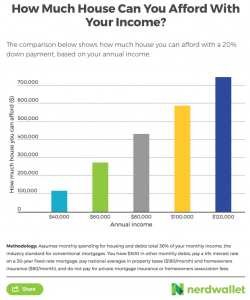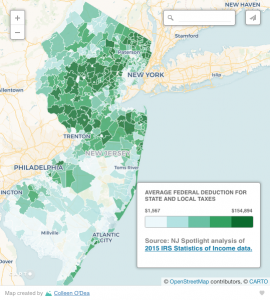From the Record:
Bergen towns can build affordable housing
Bergen County is recognized as one of the wealthiest counties in the country. Municipalities in the county helped secure this status by implementing exclusionary zoning practices that drove hard working families out of these towns – and by doing so, they helped create an affordable housing crisis. But we are on the precipice of change as more and more Bergen County towns are now taking proactive steps to expand fair housing opportunities.
The actions taken by these 14 towns will reverse decades’ worth of illegal zoning practices. These communities reached settlement agreements with advocates that will make affordable housing attainable for individuals and families that have previously been priced out. These agreements will result in the construction of hundreds of new homes for working families, seniors and people with disabilities.
They are joining more than 145 towns across the state who have signed fair-housing agreements to transition into an inclusive style of planning and zoning. Settlement talks with additional Bergen County municipalities are ongoing and should be announced in the coming months.
…
For example, Cresskill and Hillsdale are demonstrating how a municipality can partner with a nonprofit to build new affordable homes while leverage money from its local affordable housing trust fund and state and local sources to provide financing for new supportive housing options for people with disabilities.Many of these municipalities – including Midland Park, Rochelle Park, Hillsdale, Cresskill and Ho-Ho-Kus – are working towards a significant amount of downtown redevelopment. These municipalities want to accomplish this through amending their zoning to allow residences over retail shops in downtown areas and encouraging redevelopment. These changes will help revitalize the community while expanding fair housing options for working families and people with disabilities.
An existing, developed site can be transitioned into housing without affecting a community’s green spaces. Areas such as former warehouses, office buildings and business sites are filled with opportunity. The properties can be brought back onto the tax rolls while functional properties replace vacant ones. These redevelopment projects are beneficial for the entire community.


